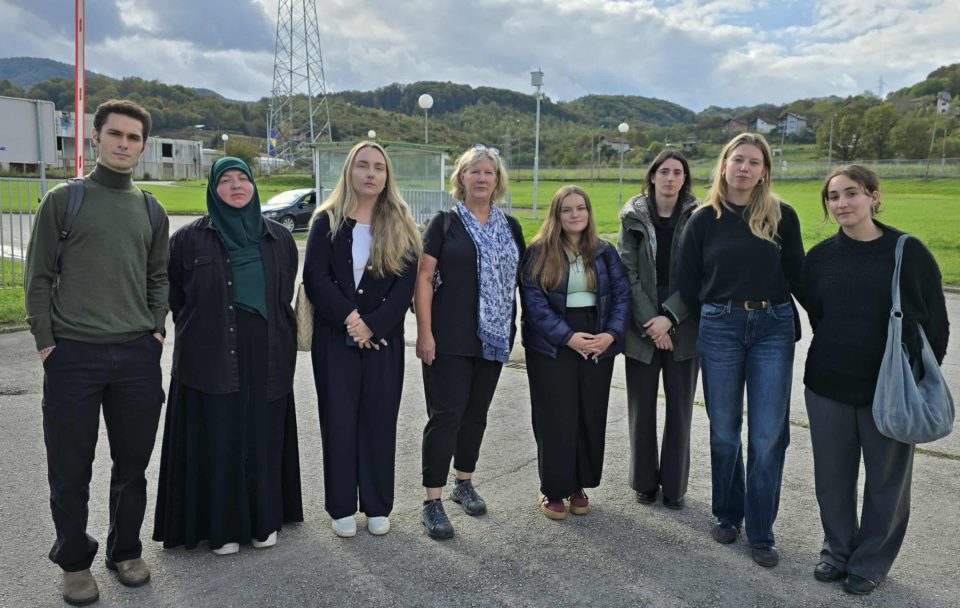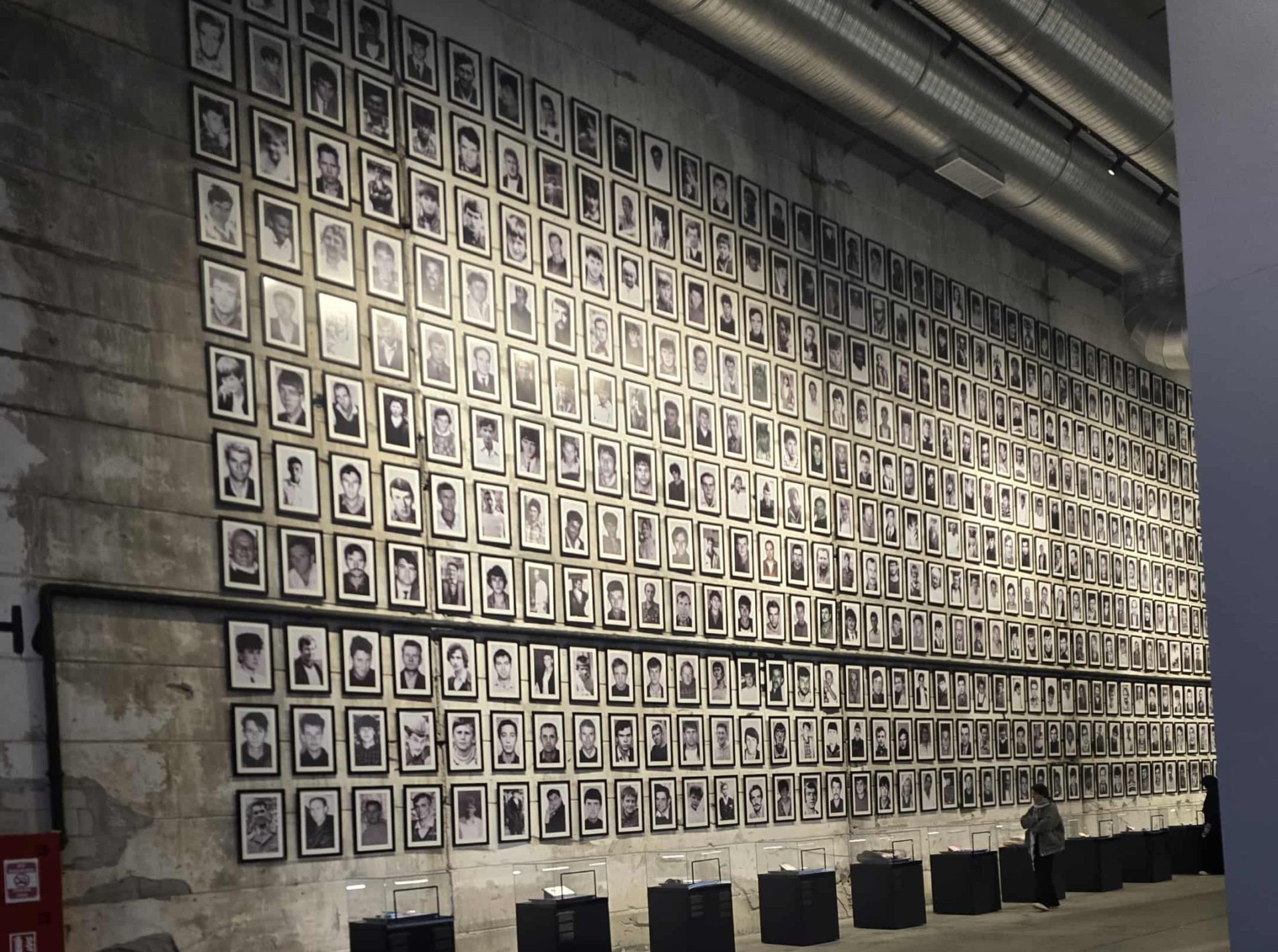
On the 10th of October, the PCRC interns visited the Srebrenica-Potočari Memorial Center and Cemetery. As we stood in the chilly hall of the original Dutchbat military base, our guide, the son of a Death March survivor, explained the events that led to the fall of this supposedly ‘safe area’ of Srebrenica. This chain of murders and persecutions constituted Srebrenica genocide in July 1995. He told us the story of his father, who is still unable to drink water, 30 years after his horrible experiences during the death march, drinking water from a stream that was contaminated with blood and decaying bodies. “For these people, the war is not finished yet”, he explained to us; trauma is not erased by time, it can live unabated.
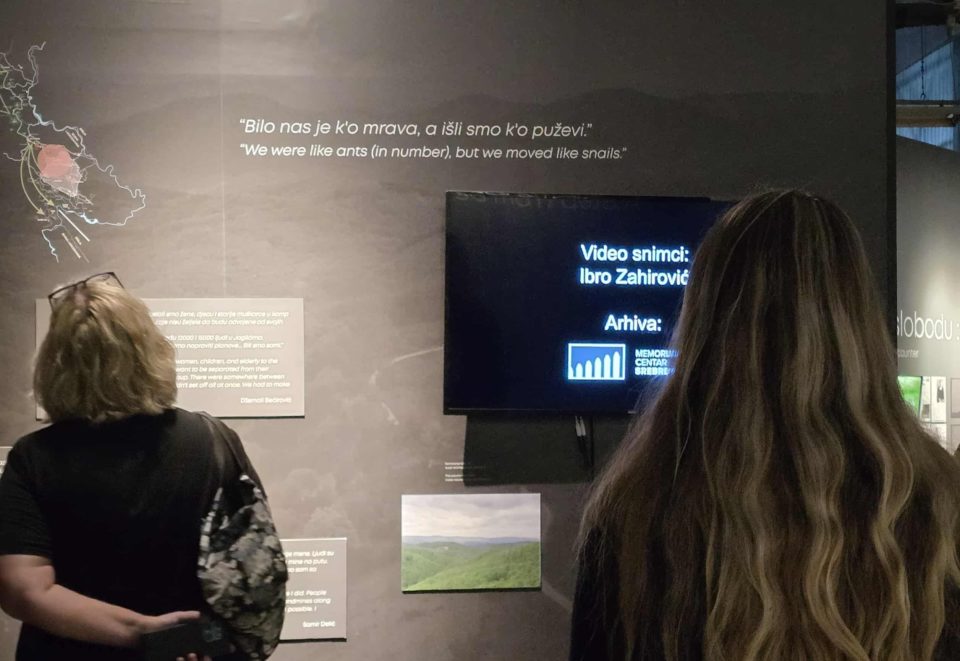
We visited the exhibitions of the Memorial Center, including a centerpiece of a long, glass table strewn with shoes obtained from death march trails and lost belongings. The old factory is filled with exhibits, photographs and documents detailing the events of July 1995, along with personal audiovisual testimonies, and items belonging to the victims. Finally, we visited the former Dutchbat quarters, where the UN peacekeepers who did not assist in preventing the genocide resided. Observing the role that the international community had in failing to protect the refugees who sought protection at the base was difficult to comprehend. Srebrenica genocide seems like something from far in the past, rather than just 30 years ago; yet, even today, similar genocidal acts are unfolding in conflicts around the world. Unfortunately, ‘never again’ never means ‘never again’. Preserving both history and memory are essential to prevent genocides from being perpetrated in the future, and ensuring we honor their history by remembering the past.
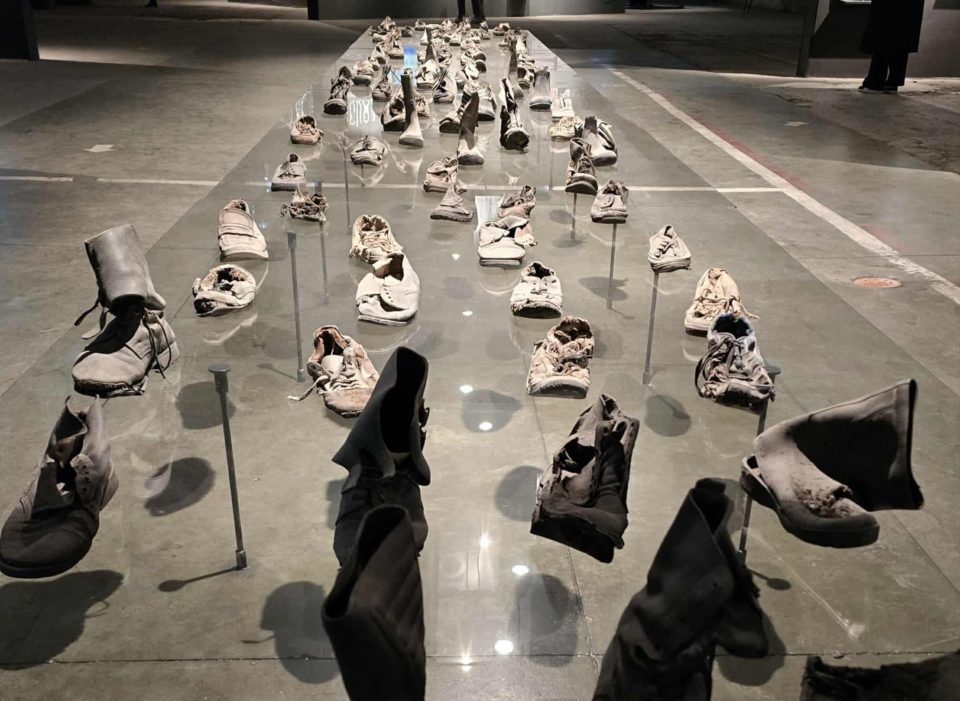
Our last stop was the cemetery for victims of the genocide. Upon entering, we were struck by the Wall of Memory, where the names of all of the victims – both identified, and those yet to be located – were engraved. We read the names of the 8,372 men and boys who were murdered. Dozens and dozens of identical surnames: entire families and generations of men were exterminated. An expanse, seemingly infinite, of white stelae bearing the names of the victims and the date of their death. The end could not be seen.
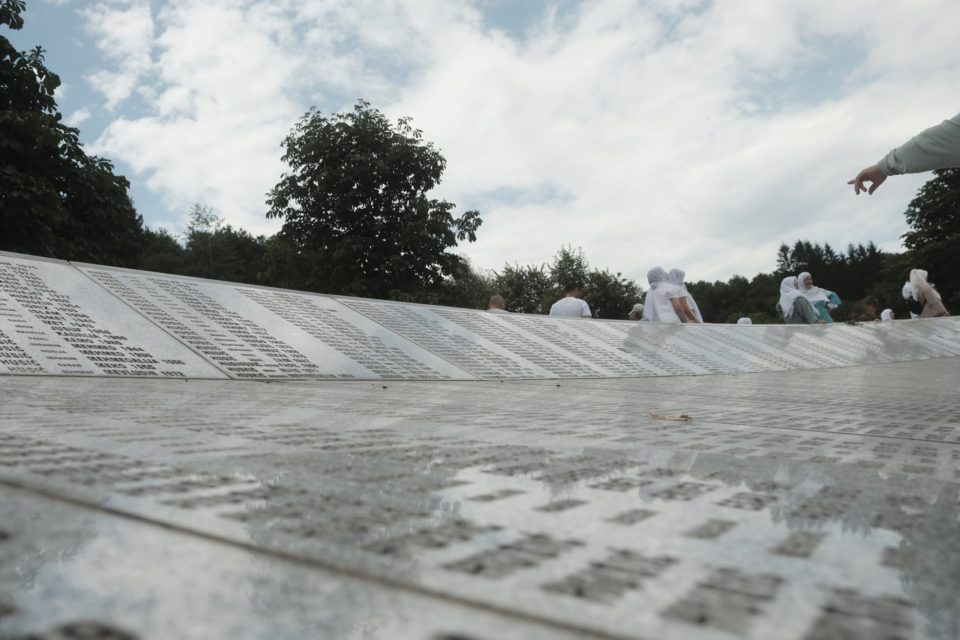
One of the things we found impactful were the wooden, green temporary headstones placed between the white marble headstones. These graves contain the remains of the victims who have been buried just this July. In fact, every year, on the July 11 commemoration, funerals and subsequent burials of the newly identified victims take place.
The remains of the victims of the Srebrenica genocide continue to be identified, 30 years later. The survivors and the families suffer from the agony of not having closure about their loved ones’ location. Unfortunately, many victims cannot be identified due to lack of DNA evidence; still, most victims receive a funeral at the Cemetery. After all this time, there are still hundreds of people waiting for answers, an end to the uncertainty about their loved ones and the opportunity to bury them with dignity.
